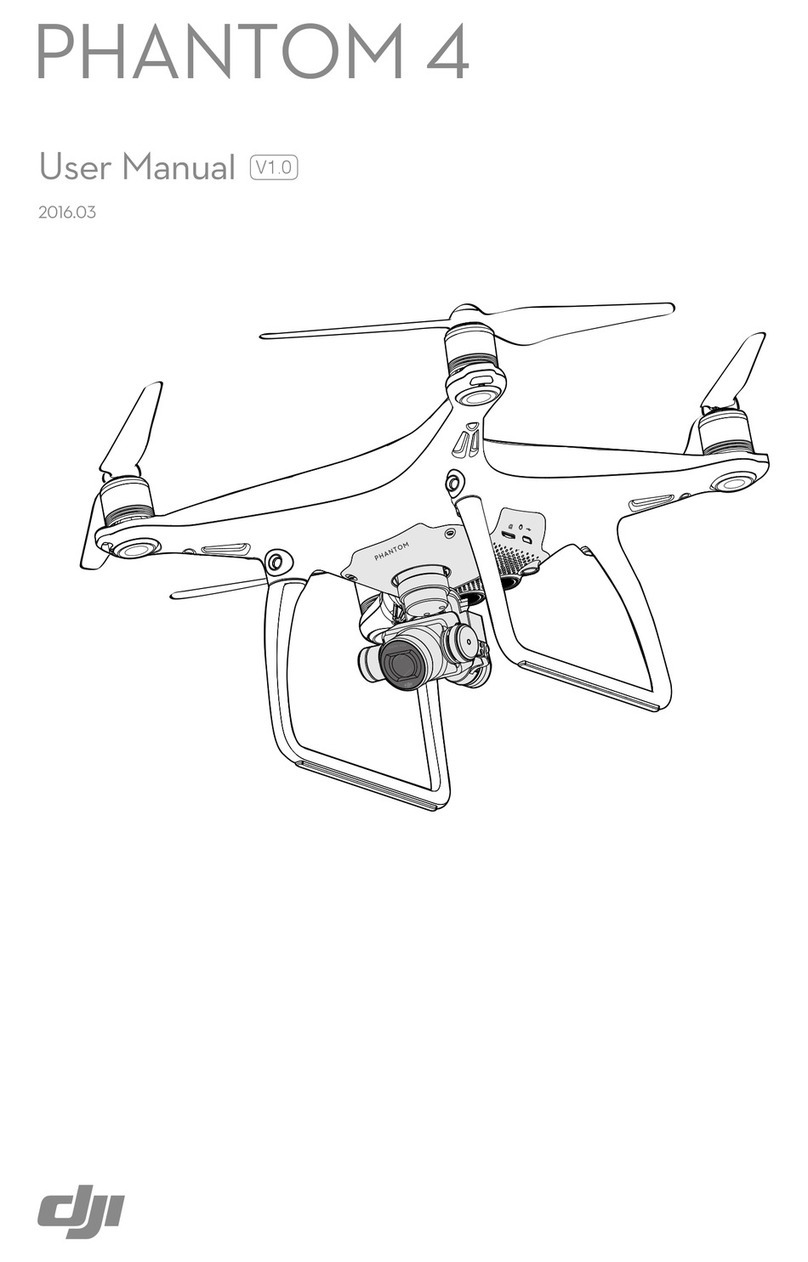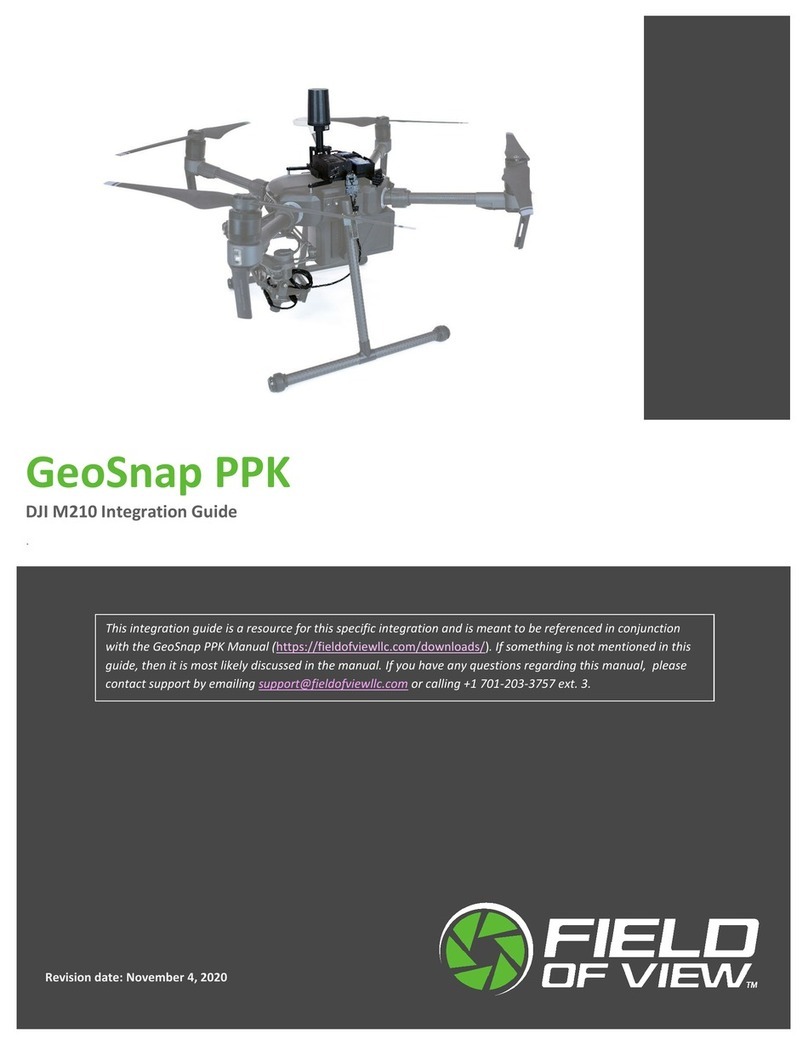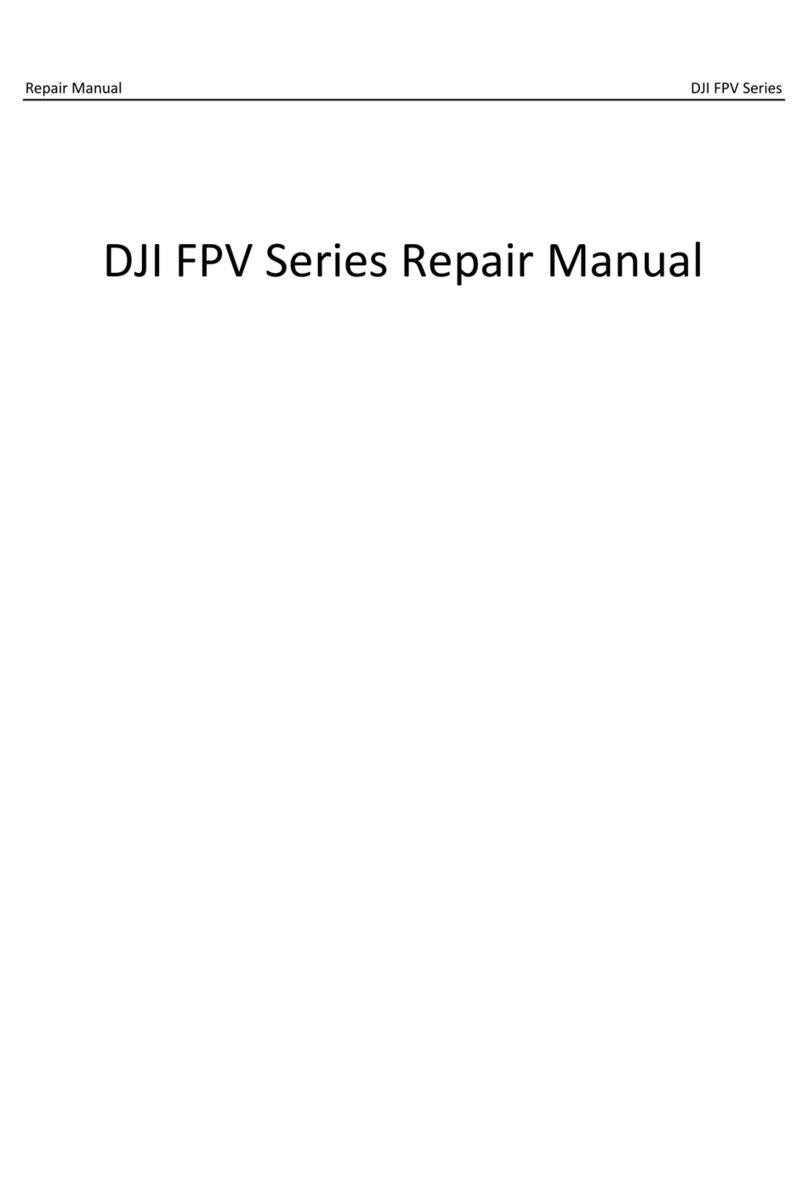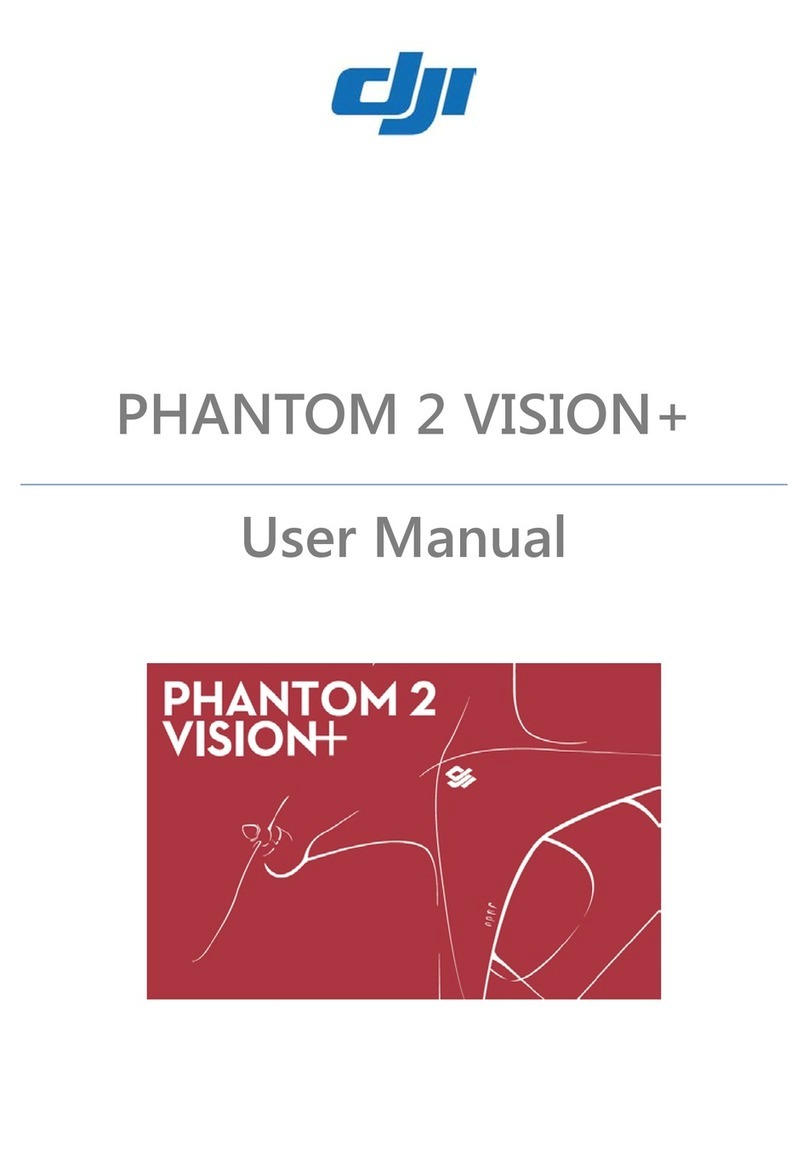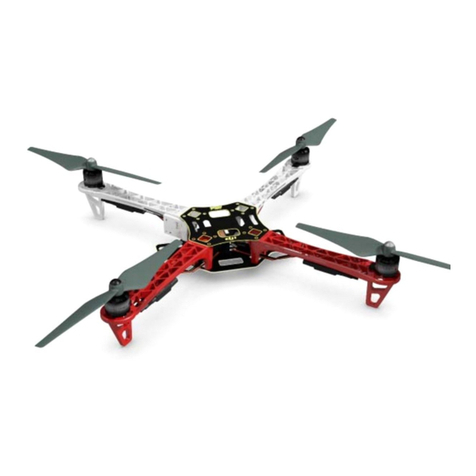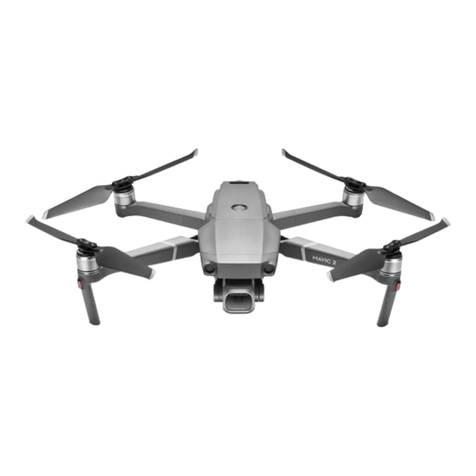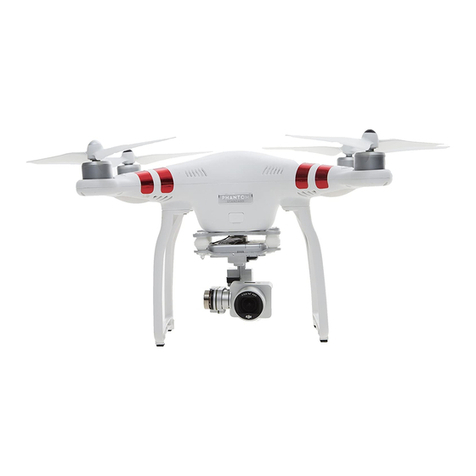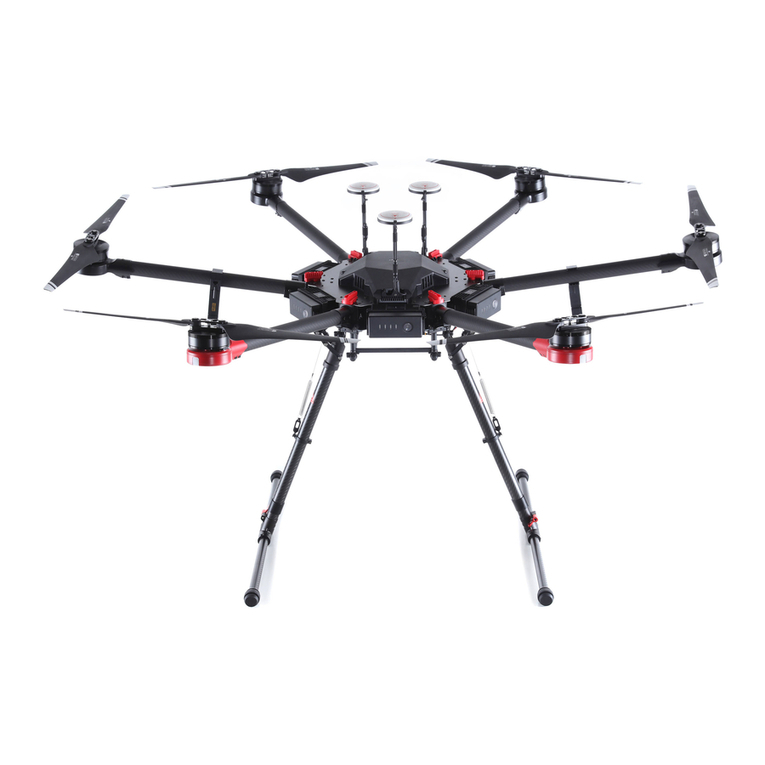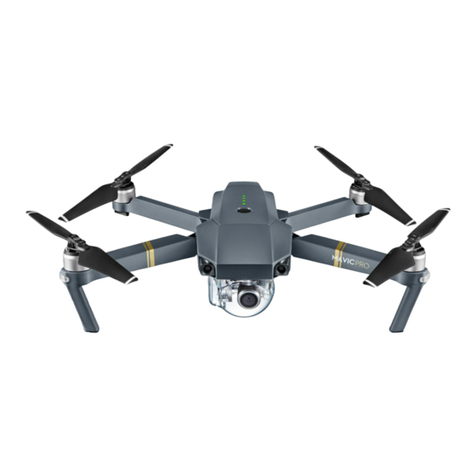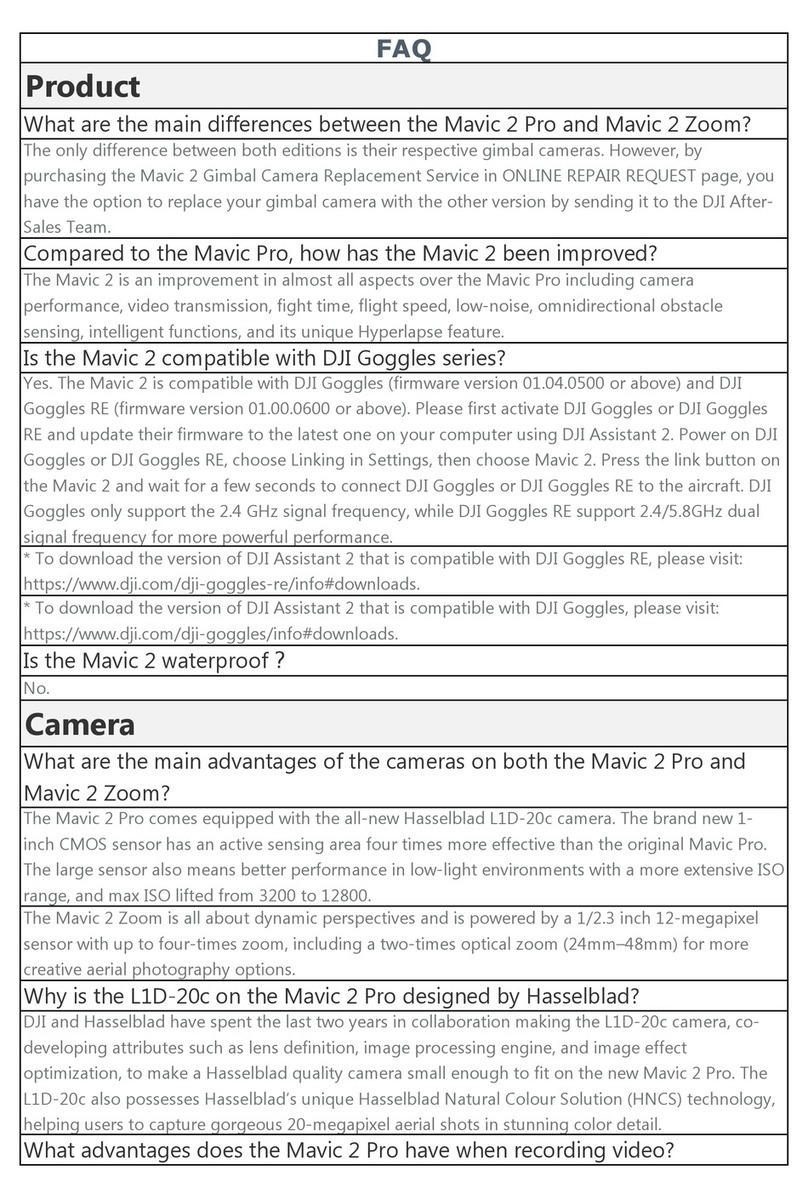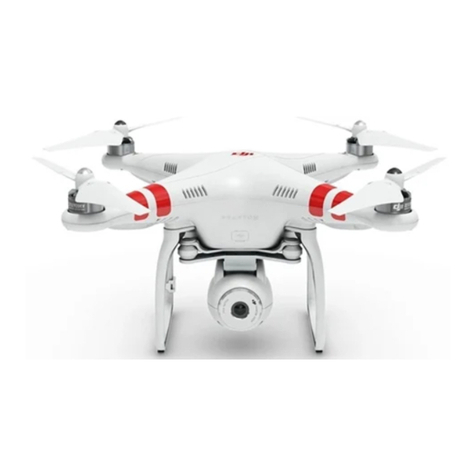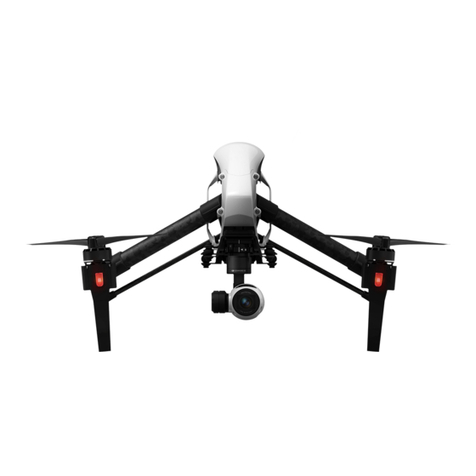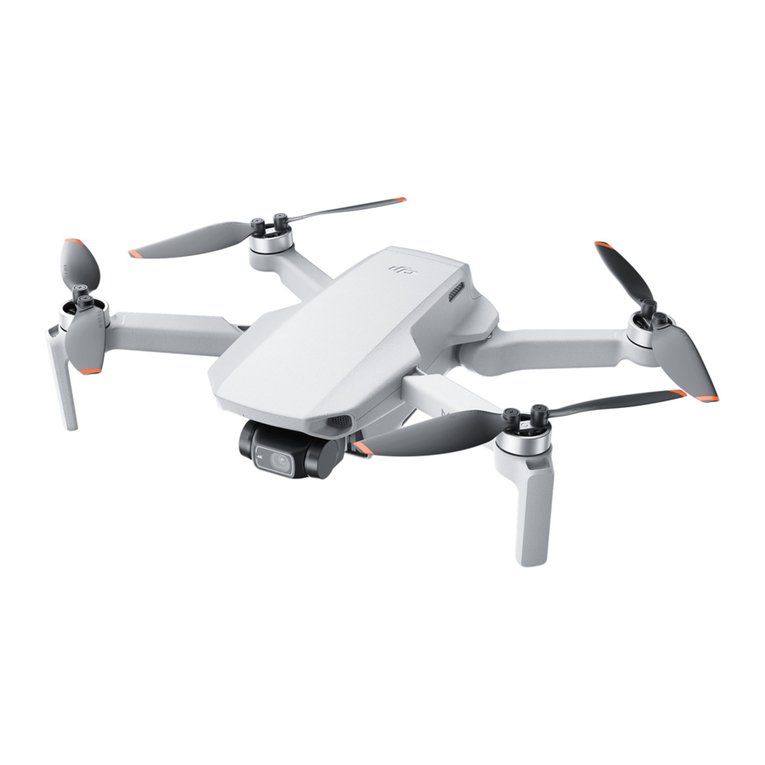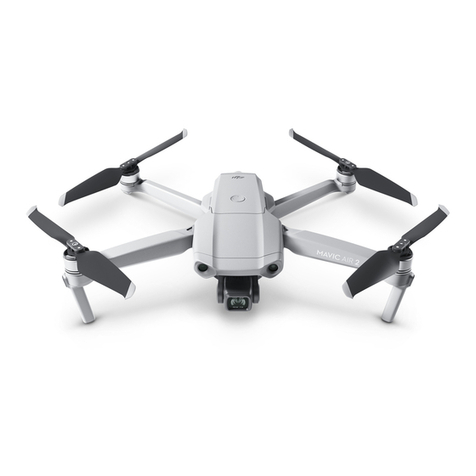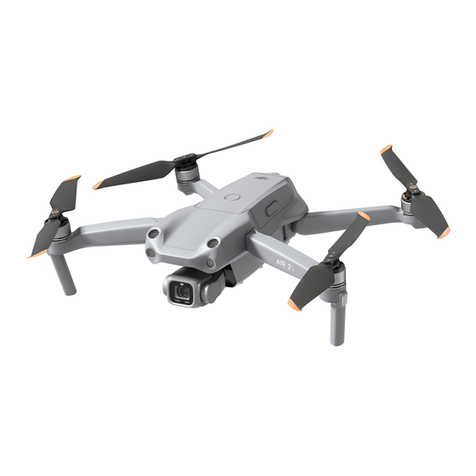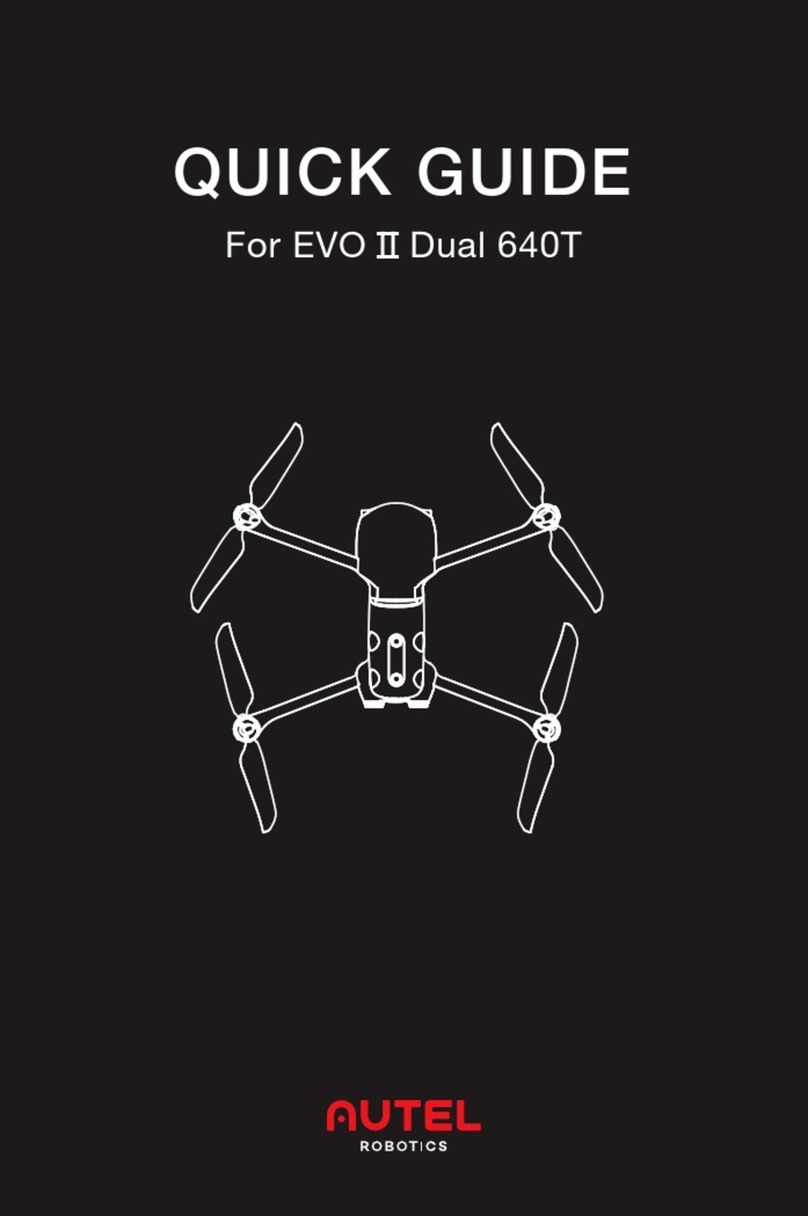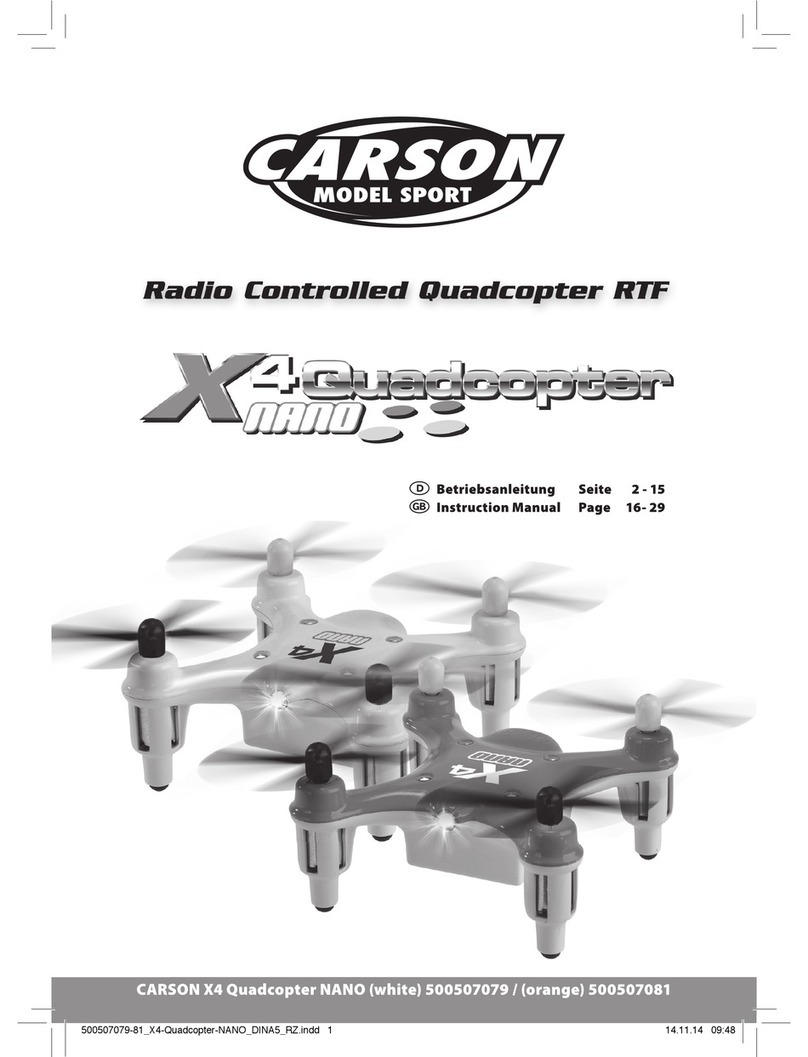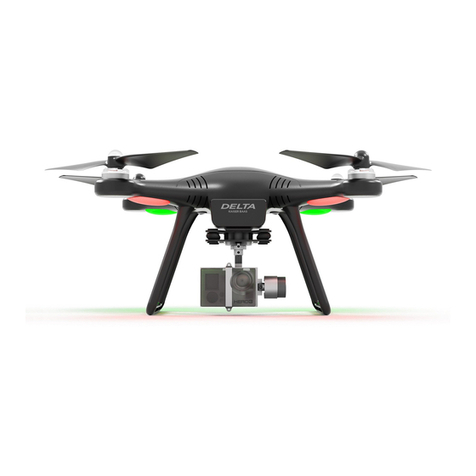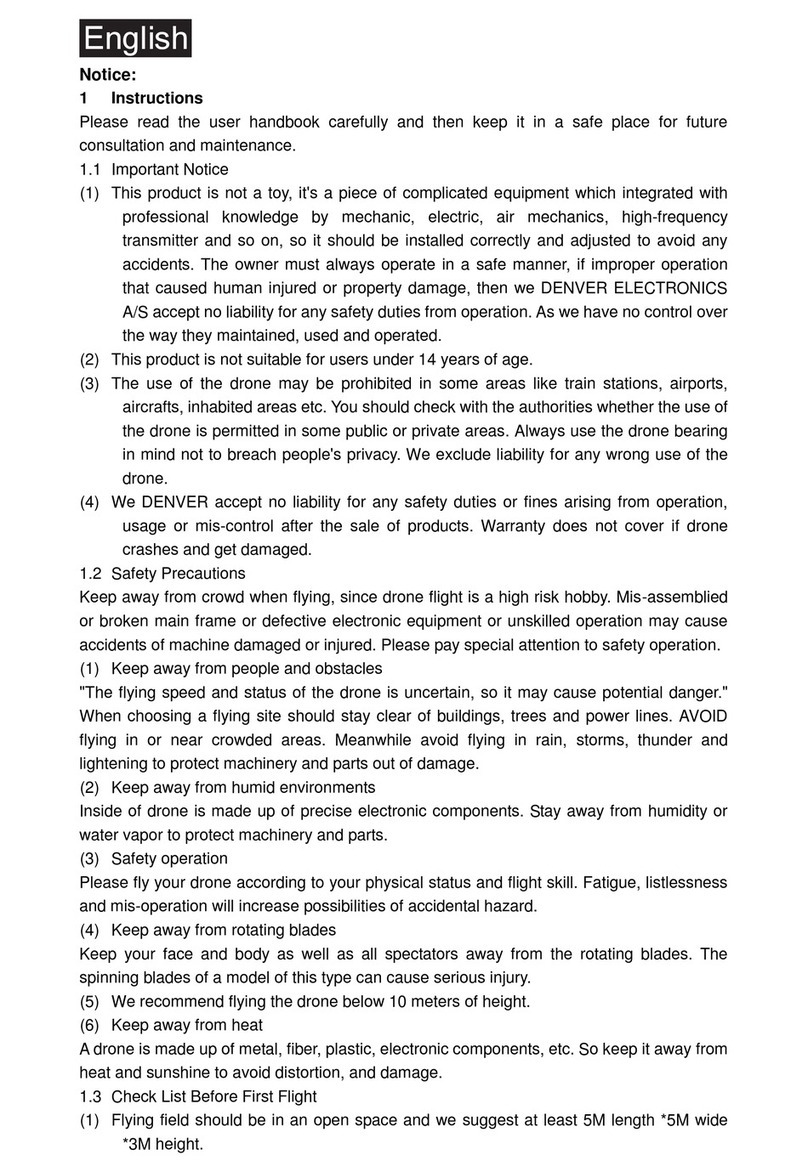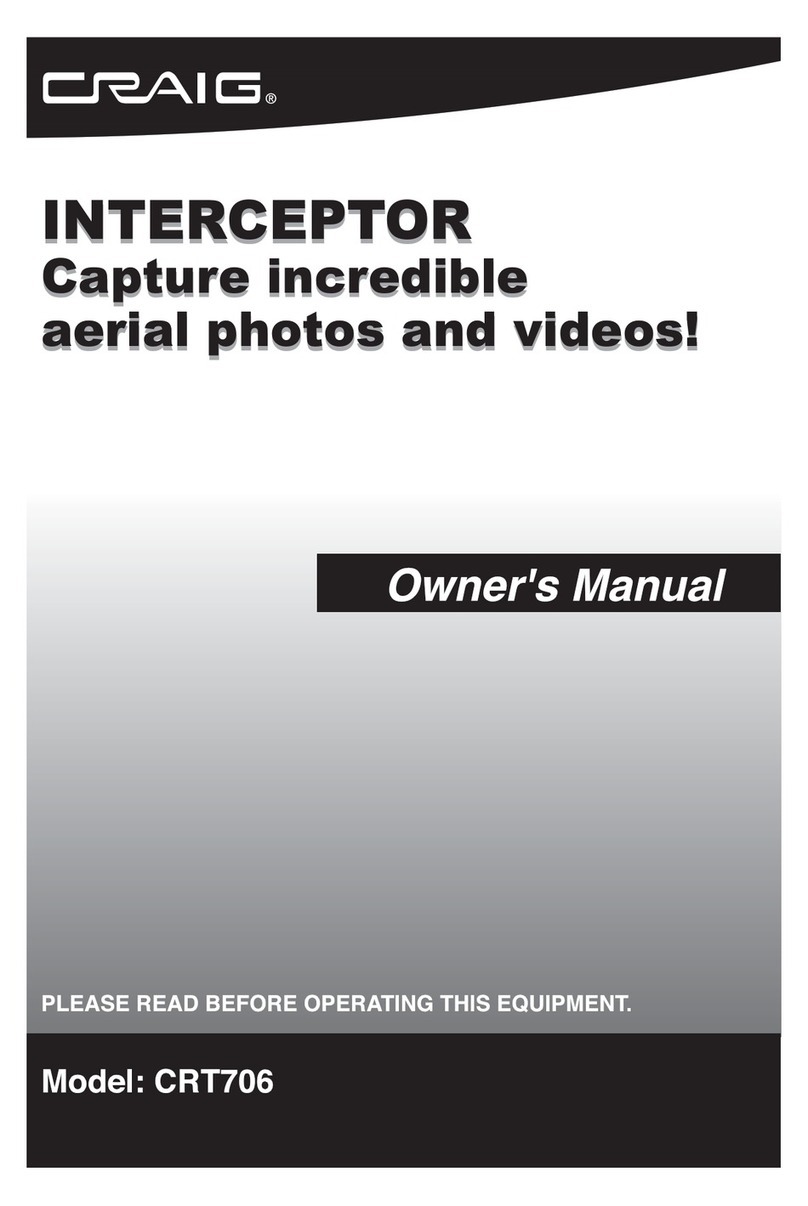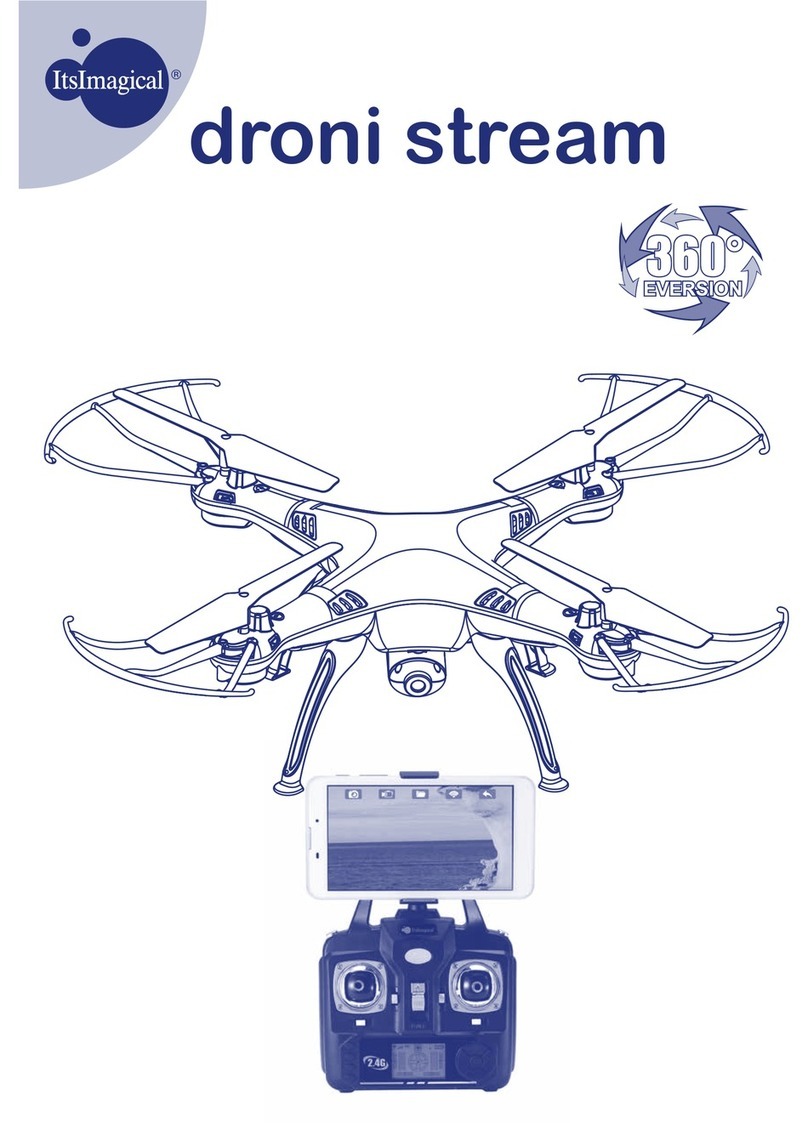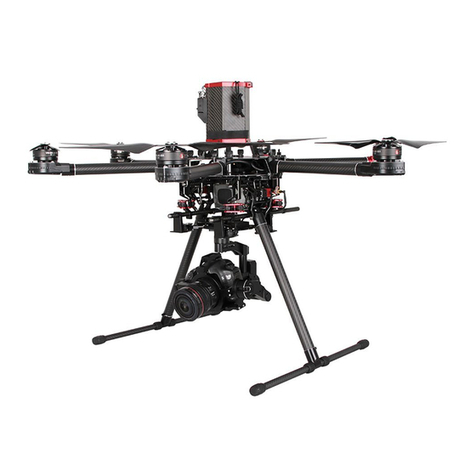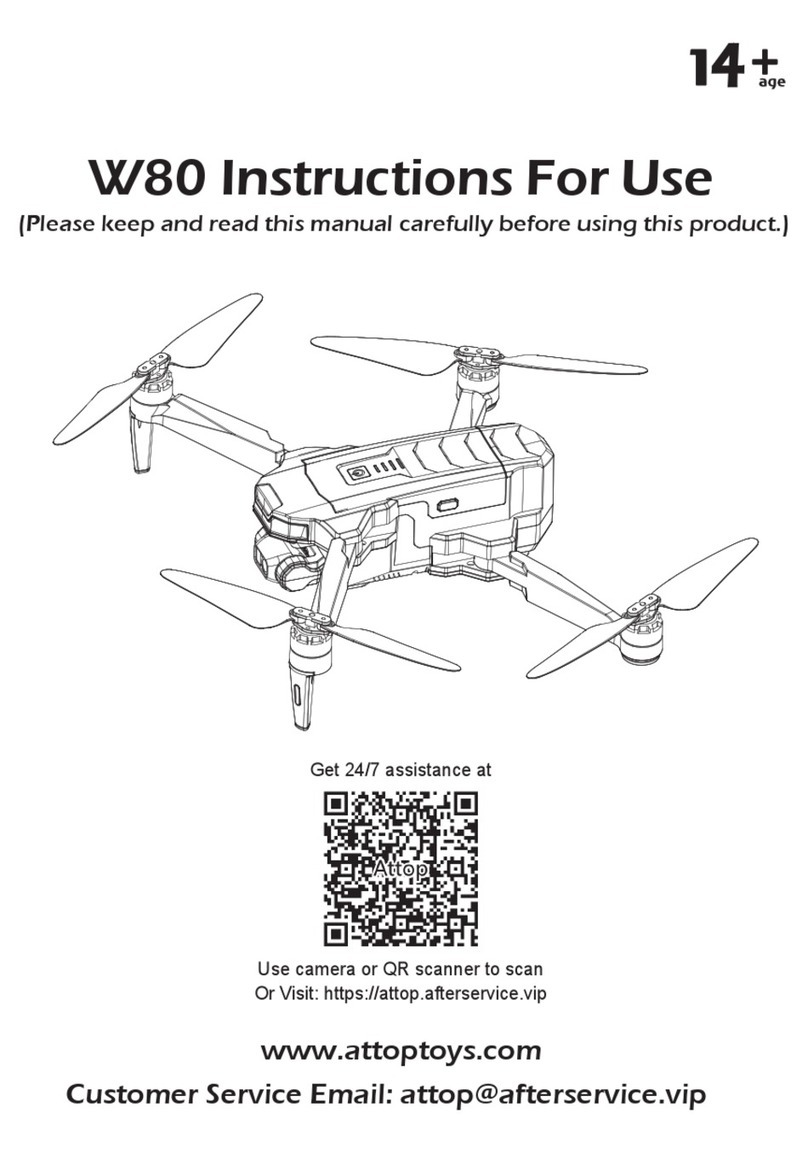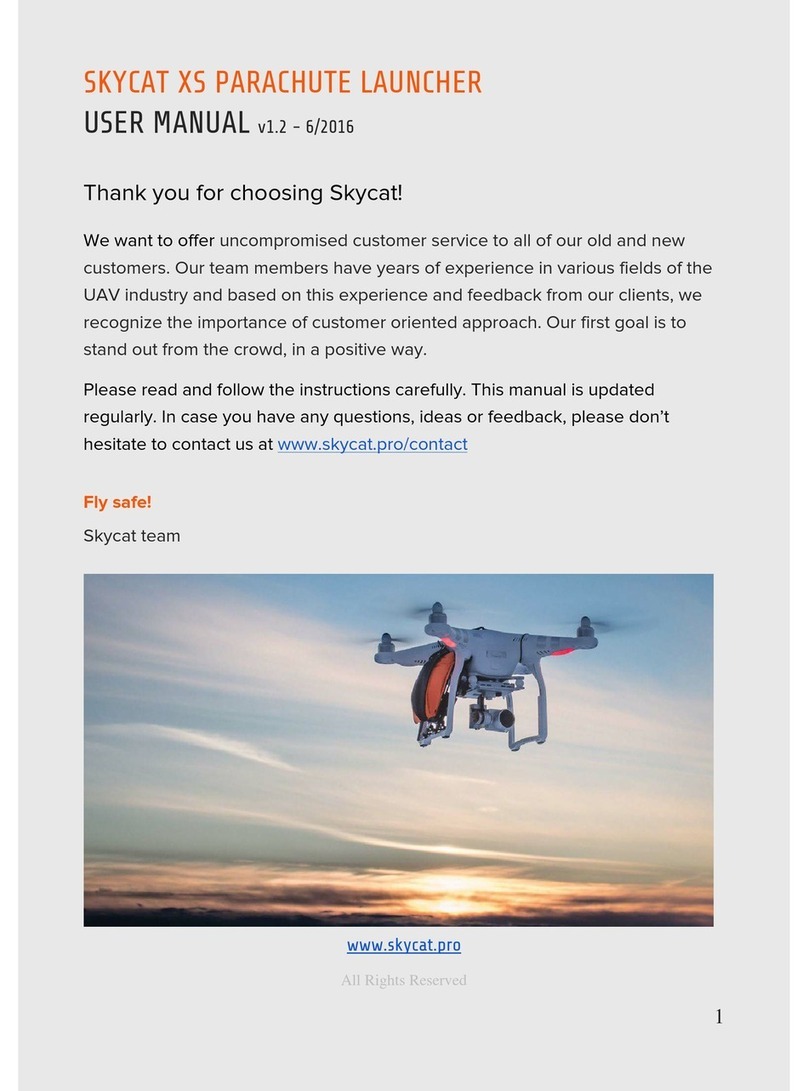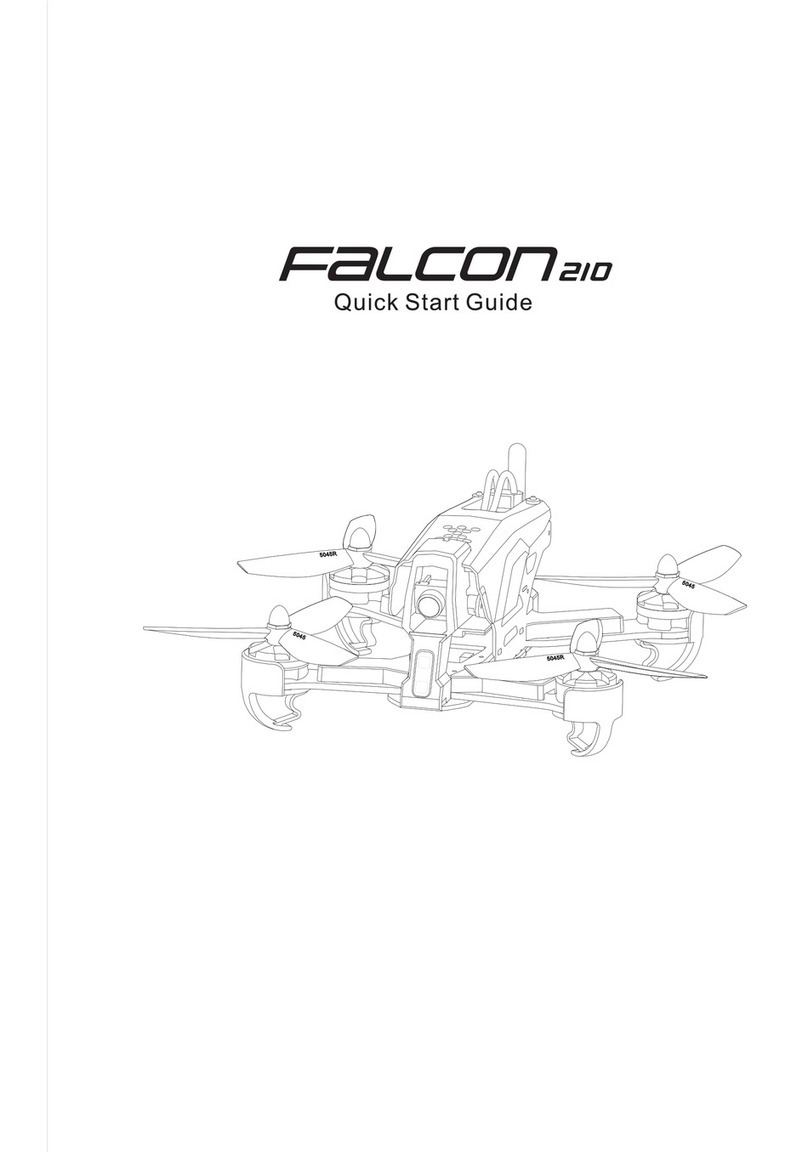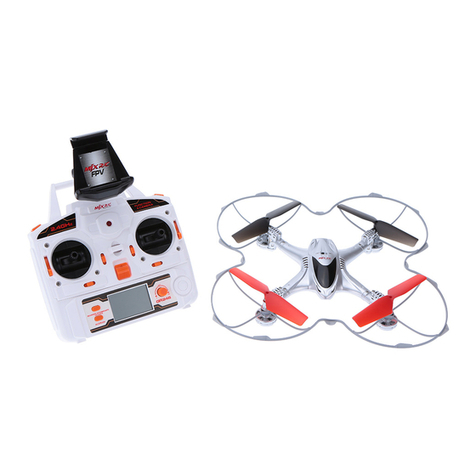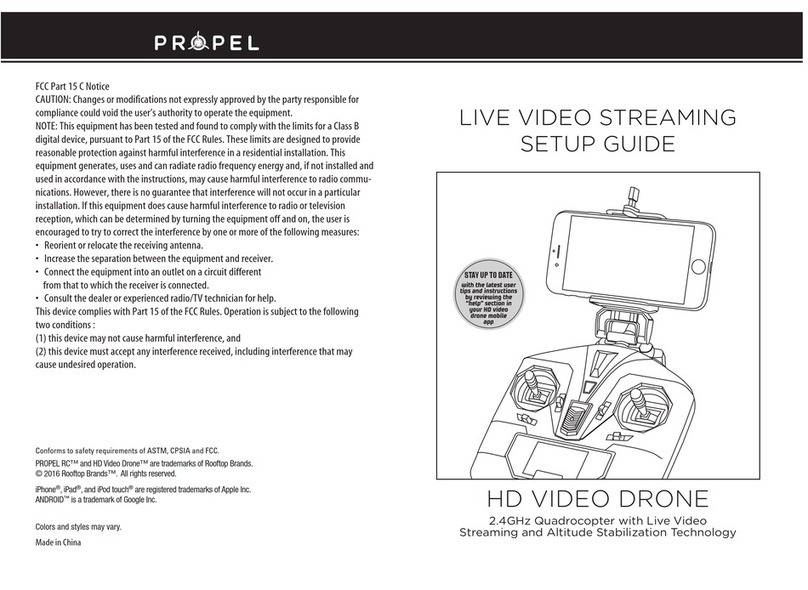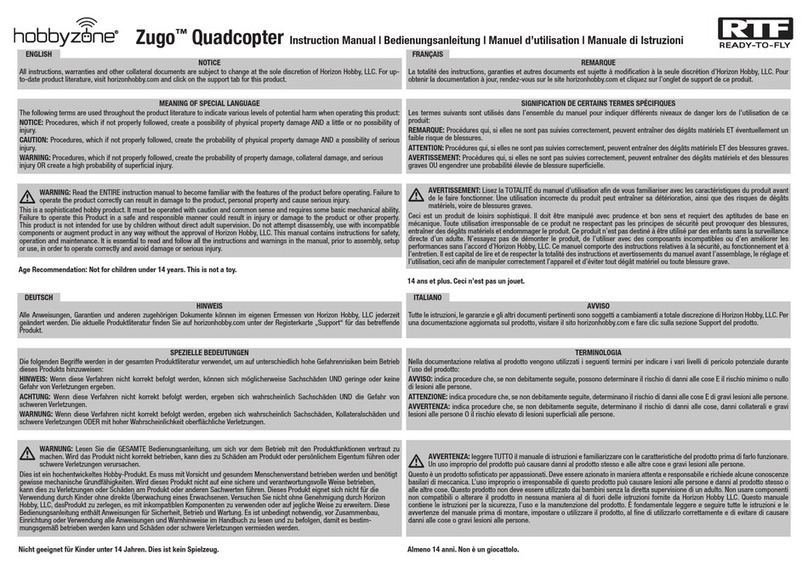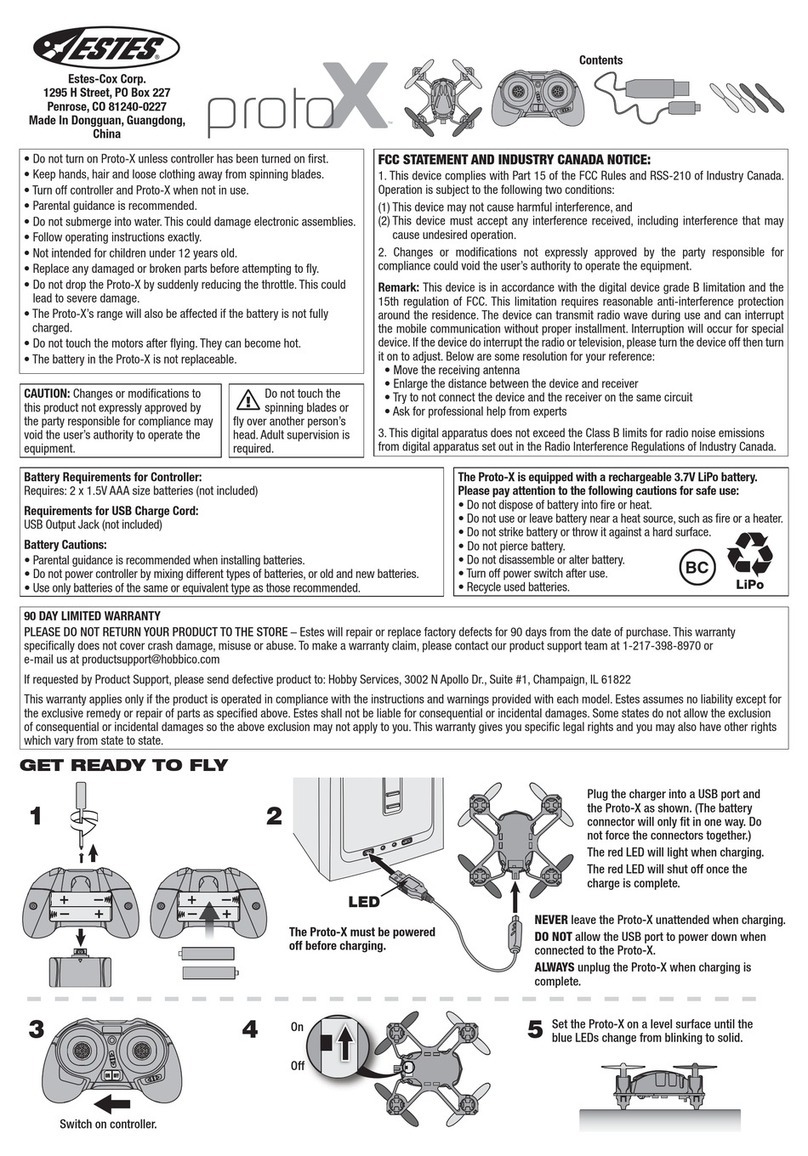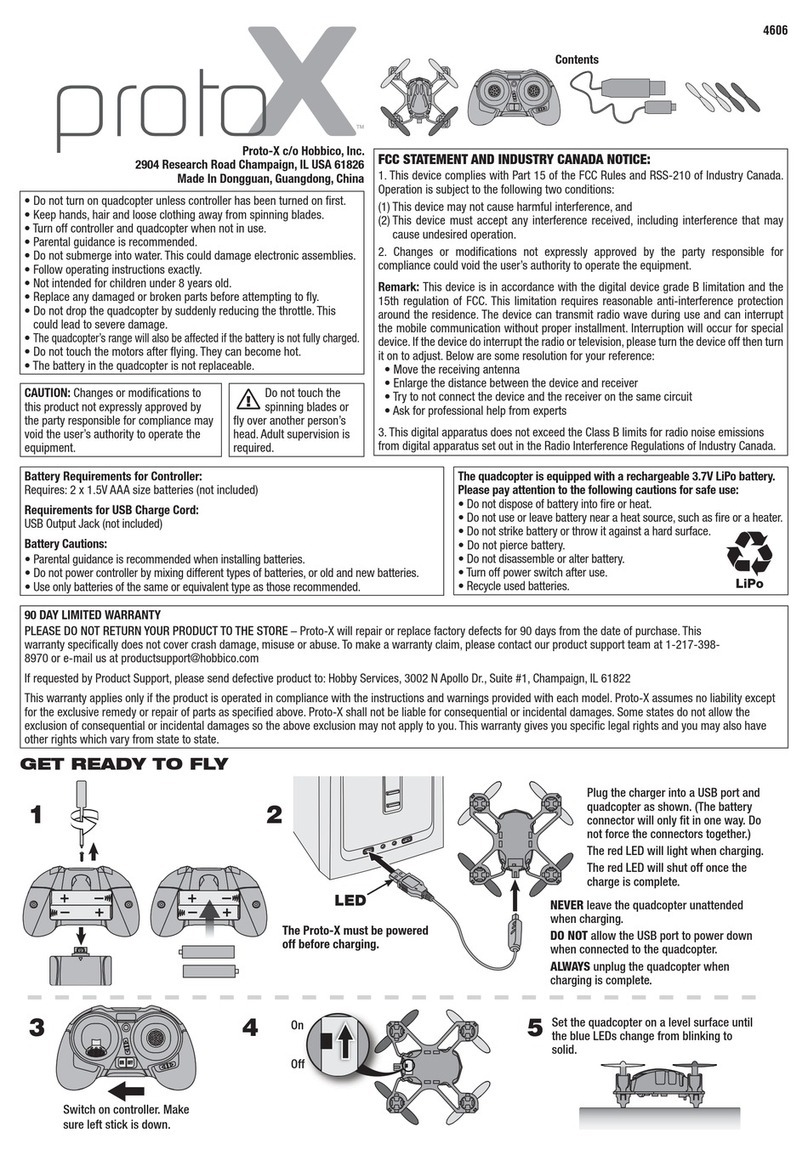
9
MS 1 Mula/henti motor: lakukan arahan batang gabungan dan tahan selama dua saat.
2 Berlepas: tolak batang kawalan kiri (mod 2) ke atas untuk berlepas.
3 Mendarat: tolak batang kawalan kiri (mod 2) ke bawah sehingga pesawat mendarat. Tahan
selama tiga saat untuk menghentikan motor.
Untuk membolehkan pesawat berlepas dan melakukan operasi secara automatik, adalah
disyorkan untuk membuat pelan untuk suatu lapangan dan memilih operasi sebelum
berlepas. Rujuk bahagian Memulakan Operasi untuk maklumat lanjut. Untuk senario lain,
berlepas dan mendarat secara manual.
VI 1 Khởi động/dừng động cơ: thực hiện lệnh kết hợp với cần điều khiển và giữ trong hai giây.
2 Cất cánh: đẩy cần điều khiển bên trái (chế độ 2) hướng lên để cất cánh.
3 Hạ cánh: đẩy cần điều khiển bên trái (chế độ 2) hướng xuống cho đến khi thiết bị bay hạ
cánh. Giữ trong ba giây để dừng động cơ.
Để thiết bị bay có thể tự động cất cánh và thực hiện một hoạt động, nên lập sơ đồ thực địa và
chọn một hoạt động trước khi cất cánh. Xem phần Starting Operations (Bắt đầu Vận hành) để
biết thêm thông tin. Đối với các tình huống khác, hãy cất cánh và hạ cánh thủ công.
DE 1 Motoren starten/stoppen: führen Sie zwei Sekunden lang einen Steuerknüppel-
Kombinationsbefehl aus.
2 Zum Abheben: linken Steuerknüppel (Modus2) nach oben drücken.
3 Zum Landen: langsam den linken Steuerknüppel (Modus2) nach unten drücken, bis das
Fluggerät landet. Halten Sie ihn drei Sekunden lang nach unten gedrückt, um die Motoren
auszuschalten.
Um das Fluggerät automatisch abheben und eine Arbeit ausführen zu lassen, sollten Sie
einen Plan für das Feld erstellen und noch vor dem Start die Bedienung auswählen. Weitere
Informationen finden Sie im Abschnitt „Betriebsaufnahme“ (Starting Operations). Bei anderen
Szenarien können Sie manuell starten und landen.
TH 1/:
2: ( 2)
3: ( 2)
KM 1/
2
( 2)
3
( 2)
